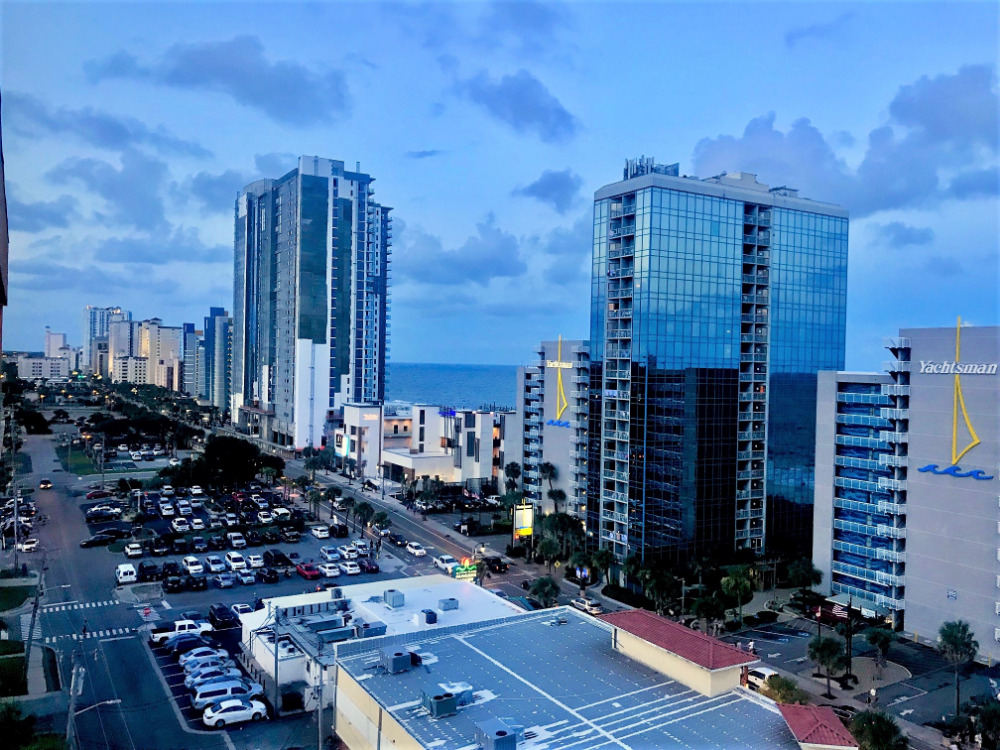
While having the tremendous advantages of temporal and spatial completeness, these reconstructions: (1) are based on computer models that may have model-based errors, (2) are coarsely sampled on a 50 km grid and are therefore unable to reconstruct the local variations of many microclimates, and (3) have particular difficulty with the weather in some coastal areas, especially small islands. We draw particular cautious attention to our reliance on the MERRA-2 model-based reconstructions for a number of important data series. We assume no responsibility for any decisions made on the basis of the content presented on this site. Weather data is prone to errors, outages, and other defects. The information on this site is provided as is, without any assurances as to its accuracy or suitability for any purpose. Time zones for airports and weather stations are provided by. Names, locations, and time zones of places and some airports come from the GeoNames Geographical Database. Land Use data comes from the Global Land Cover SHARE database, published by the Food and Agriculture Organization of the United Nations.Įlevation data comes from the Shuttle Radar Topography Mission (SRTM), published by NASA's Jet Propulsion Laboratory. This reanalysis combines a variety of wide-area measurements in a state-of-the-art global meteorological model to reconstruct the hourly history of weather throughout the world on a 50-kilometer grid. Please note that each source's contribution is adjusted for elevation and the relative change present in the MERRA-2 data.Īll data relating to the Sun's position (e.g., sunrise and sunset) are computed using astronomical formulas from the book, Astronomical Algorithms 2nd Edition, by Jean Meeus.Īll other weather data, including cloud cover, precipitation, wind speed and direction, and solar flux, come from NASA's MERRA-2 Modern-Era Retrospective Analysis.

To get a sense of how much these sources agree with each other, you can view a comparison of Myrtle Beach and the stations that contribute to our estimates of its temperature history and climate. KMYR, 91% 3 mi, 0 ft KCRE, 9% 13 mi, 7 ft © OpenStreetMap contributors Grand Strand Airport (KCRE, 9%, 13 mi, northeast, 7 ft elevation change).


Some of the best parts about visiting Myrtle Beach in January are that there are virtually no crowds and it is easy to score a great deal at your favorite hotel or resort. While you may not find yourself swimming this time of year (unless your resort has an indoor, heated pool), it is still warm enough to go outside and enjoy a walk on the beach or any outdoor attraction as long as you wear appropriate clothing.

In fact, the average air temperature in Myrtle Beach in January is around 56✯, with an average water temperature of 51º F. While January may have cooler weather compared to other months in Myrtle Beach, the air temperature is definitely warmer than other places in the United States. Celebrate the New Year in Myrtle Beach! Many people may think that visiting Myrtle Beach in January is kind of crazy, but in all actuality, it’s a great time of year to visit! January weather in Myrtle Beach is refreshing compared to the sweltering summer months, and there are plenty of festivals and events going on to keep visitors entertained throughout the month.


 0 kommentar(er)
0 kommentar(er)
